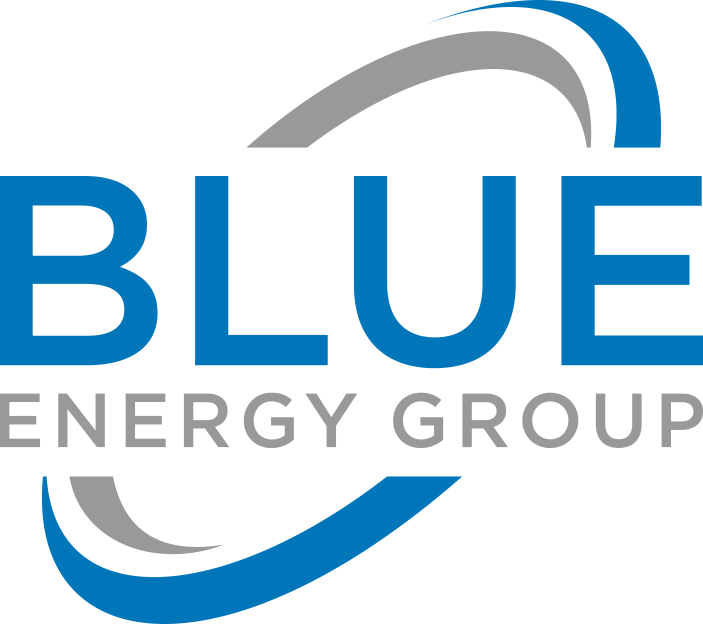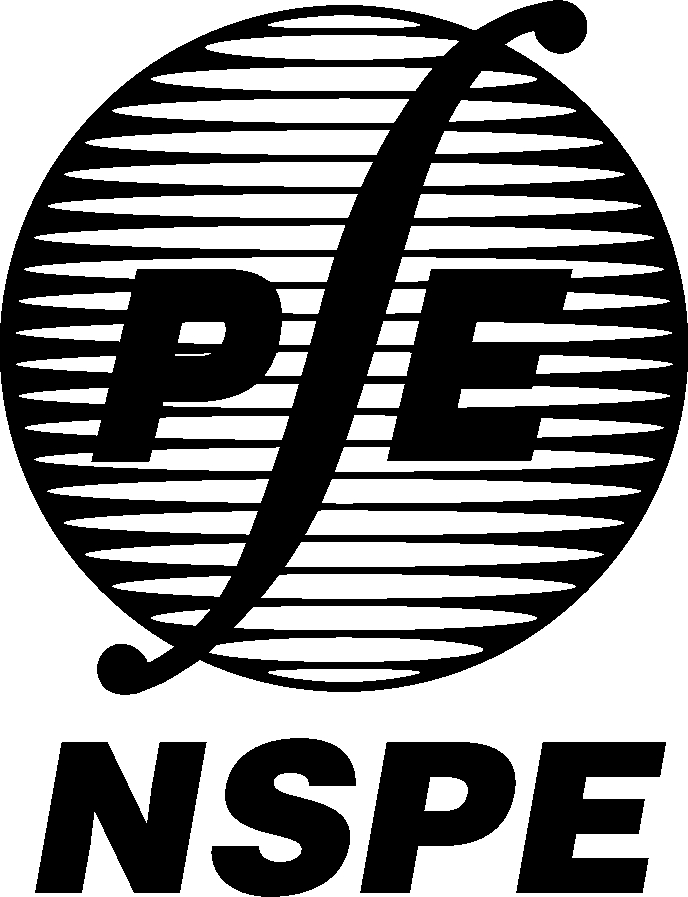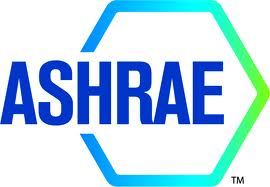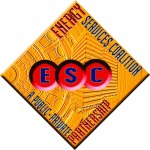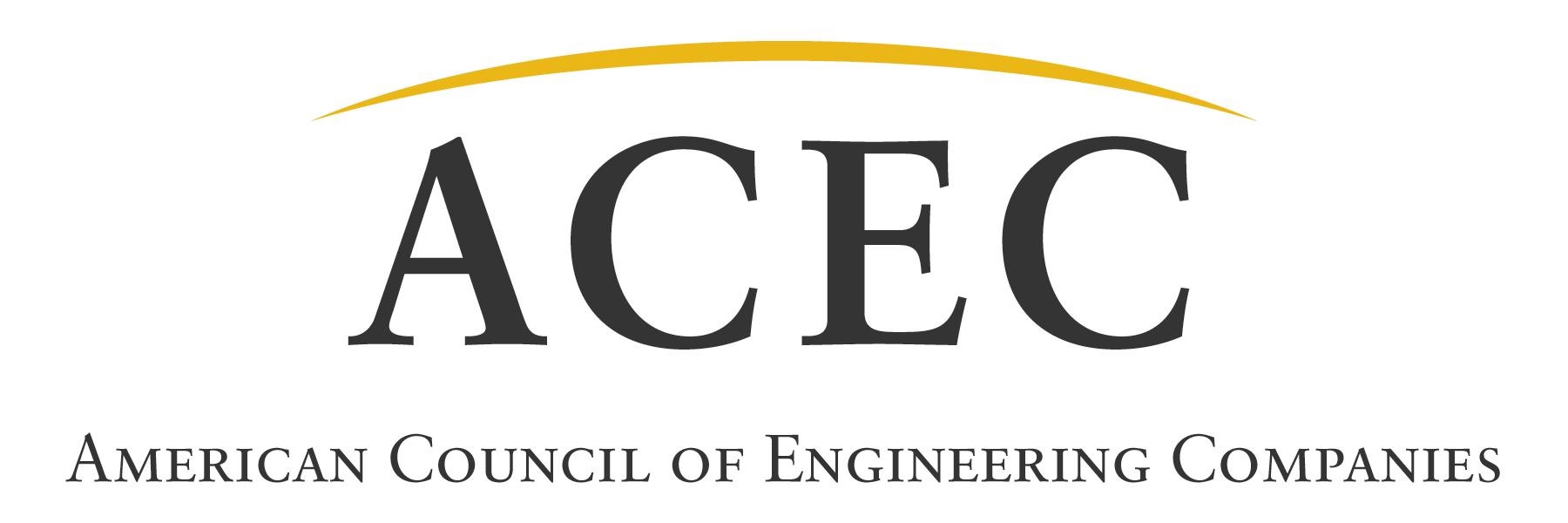General
Which buildings are within the scope of ASHRAE Standard 90.1?
Standard 90.1 applies to the building envelopes (provided the enclosed spaces are at least minimally conditioned with a heating system of at least 3.4 Btu/h/sf or a cooling system of at least 5 Btu/h/sf), HVAC systems, service water heating systems, electric power distribution and metering, electric motors and belt drives, and lighting. Single-family homes, multifamily structures with three or fewer stories above grade, and manufactured houses are not in scope; buildings without fossil fuel or electricity use are not in scope; and equipment and parts of systems that are used primarily for industrial, manufacturing, or commercial purposes are not in scope.
The following buildings are therefore within the scope of Standard 90.1:
Buildings used primarily for commercial purposes
Buildings used for industrial purposes, although industrial process systems are excluded from the Standard (and therefore from the 179D tax deduction)
Multifamily residential buildings of four or more stories, including dormitory buildings
Buildings that have been converted from other uses to primarily commercial use
Unconditioned attached or detached garage spaces as referenced by Tables 9.3.1.1 and 9.3.1.2 of Standard 90.1-2001. There are similar tables in newer version of Standard 90.1.
Are master meters eligible for the 179D deduction as a category of system that can be replaced, either with HVAC equipment or alone?
No, master meters are not within the scope of Standard 90.1.
Which buildings do not qualify for the 179D tax deduction?
Single-family homes, multifamily buildings with three or fewer stories above grade, and manufactured houses do not qualify for the tax deduction. However, these buildings would potentially qualify for the 45-L tax credit. Buildings that do not use electricity or fossil fuel do not qualify. Religious buildings and organizations do not qualify because they are tax exempt.
Are dormitories considered to be multifamily buildings, and therefore eligible for the 179D tax deduction?
Dormitories with more than three stories are within the scope of the tax deduction. Dormitories with fewer than three stories are ineligible. However, these buildings would potentially qualify for the 45-L tax credit.
What is the interim lighting rule?
The interim lighting rule only applies to property placed into service in 2022 and earlier and applies to properties where the installed lighting power is reduced at least 25% below Standard 90.1. The tax deduction varies linearly from $0.30/sf at 25% savings to $0.60/sf at 40% savings. Warehouses are required to be 50% below Standard 90.1. Lighting controls must comply with the mandatory and prescriptive requirements of Standard 90.1, and include a provision for bi-level switching in all spaces except hotel and motel guest rooms, storerooms, restrooms, and public lobbies. Illuminance levels must meet the minimum requirements as set forth in the IESNA Lighting Handbook. Energy simulations are not required.
Are Standard 90.1-2001 Tables 9.3.1.1 and 9.3.1.2 specifically applicable to the interim lighting rule?
Because both tables look explicitly at lighting power density, the tables do apply to the interim lighting rule.
Applying 179D
Which energy modeling program does Blue Energy Group use for verifying the 179D commercial building tax deduction?
eQUEST version 3.65
Does the tax deduction apply to new construction and existing buildings?
Yes. The reference building models for determining the energy and power cost savings for new construction and retrofits of existing buildings are based on Standard 90.1. The historical performance of existing buildings is not used for the energy savings calculations for tax deduction purposes.
Over what time period is the tax deduction available?
A tax deduction may be taken for a project started in 2005. The deduction has been made permanent so all current and future projects are eligible for the tax deduction. However, a designer may only take a tax deduction for a municipal building project that was completed within three years of the filing of their latest federal tax return.
Can I apply for the tax deduction, even if the building upgrades do not achieve the savings predicted?
Qualification for the tax deduction is based on the building’s predicted energy performance, so the predicted levels must meet the specified savings levels.
Can I apply for the tax deduction independent of how much was spent on building upgrades?
The tax deduction is the lower of (1) the value of the asset or (2) the value of the allowable tax deduction. The deduction cannot be for more than the amount that was spent on the equipment and associated installation labor.
Can multiple taxpayers participating on a project in the same building claim the tax credit?
Yes, if two or more taxpayers participate in the tax deduction activities on or in the same building and the property is subject to the permanent rule; however, the aggregate amount of the 179D deductions allowed cannot exceed the allowable amount for the specific tax deduction.
If the building qualifies, can nonprofit organizations still qualify for the tax deduction?
No, this tax deduction is applicable only to building owners who pay taxes. The exception is for government-owned buildings where the tax deduction may be assigned to the designer.
If the building qualifies, can government organizations still qualify for the tax deduction?
The tax deduction may be assigned to the designer of government owned buildings. More information is included in IRS Notice 2008-40.
How does renewable energy fit into the tax deduction calculations and simulations?
No credit can be claimed for renewable electricity, and renewably generated electricity should not be included in calculations or simulations.
Are buildings in California subject to different specifications?
No, the same specifications apply to buildings in all locations.
Can the taxpayer meet the partial improvement for energy and power, and not meet the lighting power density requirements?
The taxpayer would have to meet the partial qualifying property requirements of the permanent rule. The permanent rule states that the required 20% reduction from a Reference Building based on Standard 90.1 must be accomplished solely through energy and power cost reductions for the interior lighting systems.
Is 179D applicable for a freezer-cooler building or a cold storage building, where refrigeration is a major part of the building?
Standard 90.1 does not cover buildings that are mostly refrigeration, so the cold storage building would fall outside the scope of 179D tax deductions.
Licensed Professionals
Can the person preparing the documentation be someone other than a licensed professional engineer or a licensed contractor?
The law and IRS Notice 2006-52 state that the documents must be certified by a licensed contractor or engineer in the jurisdiction where the building is located.
Under the Interim Lighting Section of IRS Notice 2008-40, Section 5.02(a) states: “Field inspections of the building were performed by a qualified individual after the energy efficient lighting property has been placed in service.” Here, qualified individual is defined as a licensed contractor or engineer in the jurisdiction where the building is located.
What qualifies an individual to certify the documents?
The licensed contractor or engineer must be properly licensed in the same jurisdiction as the building, and not be related (within the meaning of 45(e)(4)) to the taxpayer claiming the deduction under 179D.
Documentation
What documentation is required to show that I have met the requirements for the tax deduction?
The taxpayer claiming the tax deduction must obtain certification of the requirements from a qualified individual. The certification must contain the name, address, and phone number of the qualified individual; the address of the building; and a statement of performance matching the statements in IRS Notice 2006-52 (http://www.irs.gov/irb/2006-26_IRB/ar11.html).

